Japan has strict rules for how its Emperors succeed one another. Very little has changed over time to become more inclusive or more accessible to females in the royal bloodline.
However, while female emperors were once allowed to reign over Japan, this is no longer the case. There have been some female emperors in the past that ruled over Japan, although this has been centuries since this had taken place. Here we will examine the few that have taken the position as emperor of Japan.
Empress Suiko
Empress Suiko reigned between the years 562 to 628. She came into power after Emperor Sushin was assassinated by someone in the Soga clan. She was the daughter of Emperor Kinmei.
Empress Suiko was believed to be a distant descendant of Amaterasu, the Sun Goddess, though it’s a common myth in Japanese history and most consider this to be a mythological story, and few believe in the literal truth of this claim.
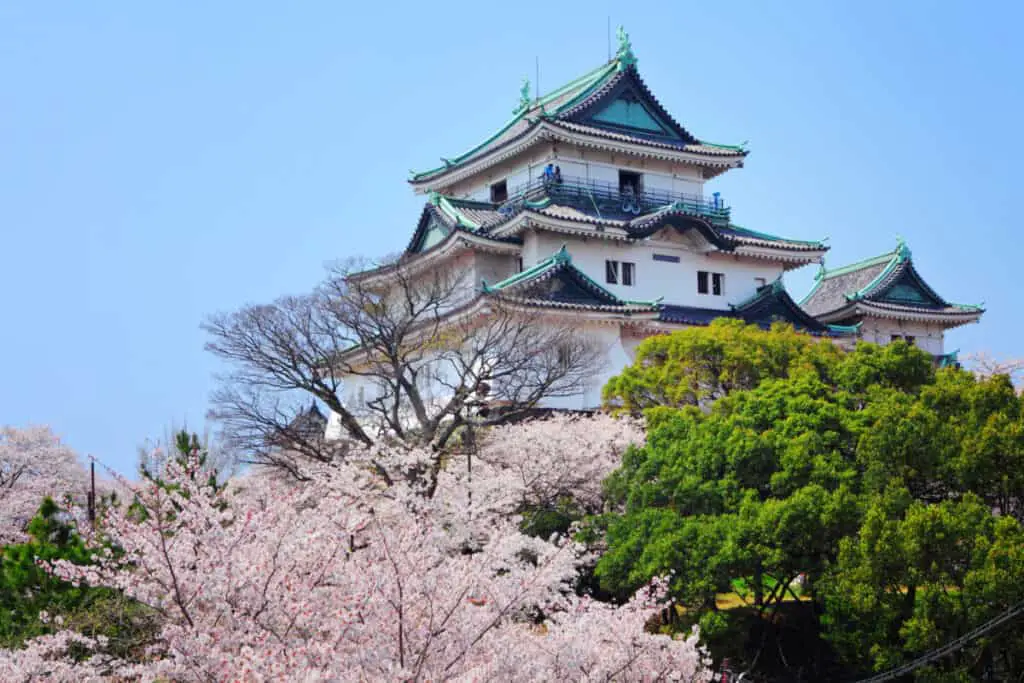
Empress Suiko’s mother was also a member of the Soga clan. Empress Suiko was chosen to take the throne after Emperor Sushin’s death as there was no male that was directly in line to take over the throne.
Her reign brought some stability into Japanese politics at the time, and Buddhism was the prominent religion at the time and this also brought about a sense of peace in the country.
Empress Kogyoku
Empress Kogyoku, later known as Empress Saimei, had a very short reign over Japan. In 642, she became the Empress when her second husband, who was Emperor Jomei, passed away.
The Soga clan had a say in who was to take over the throne and chose Empress Kogyoku, who was also the great-granddaughter of Emperor Bidatsu.
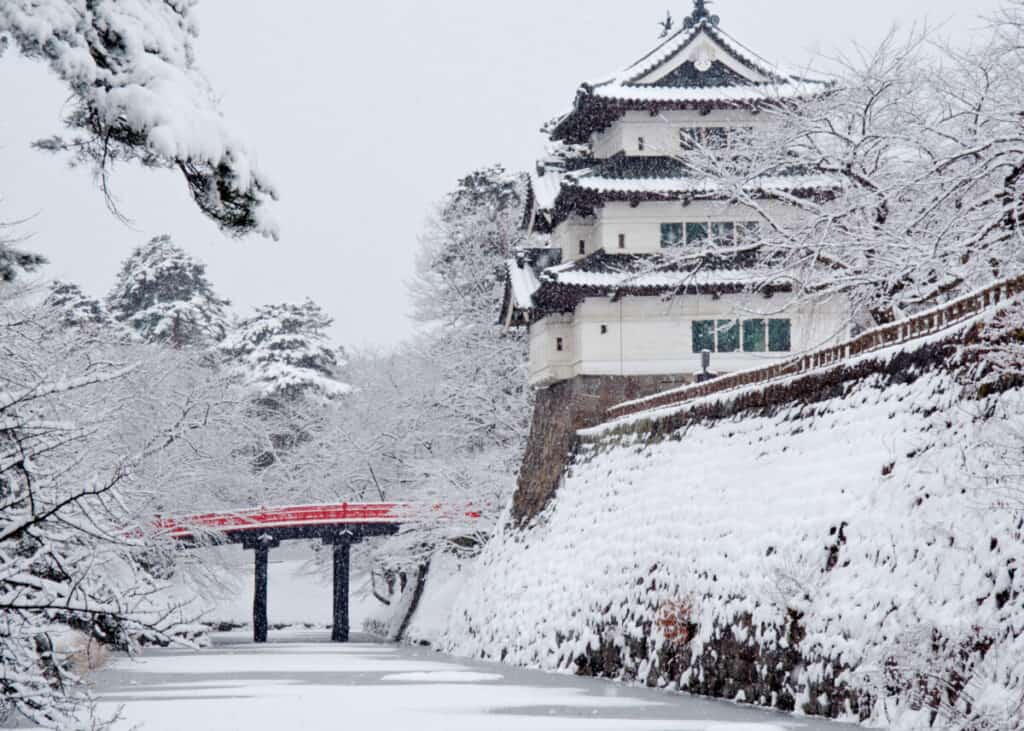
She only ruled Japan for three years before she decided to renounce the throne, leaving it to be held by her brother.
However, her brother passed away in 655, so she once again took over the throne as Empress Saimei. She passed away in 661, and her reign ended.
Empress Jito
Empress Jito came to power in Japan between the years 690 to 697. While her son was technically the one next in line to take the throne, her son was not a favorable candidate at the time.
She was the wife of previous Emperor Tenmu, as well as the daughter of previous Emperor Tenji, so she took the throne until a suitable heir could take over.
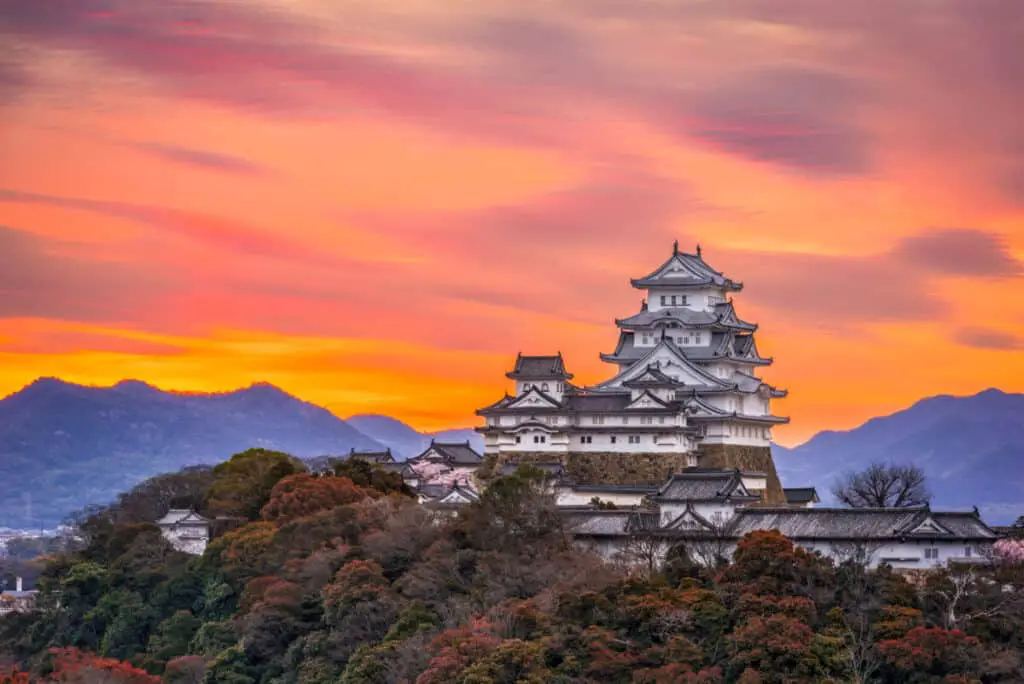
She had a grandson who eventually took over the throne, and was named Emperor Monmu. However, Emperor Monmu was not on the throne for very long as he passed away at a relatively young age.
Empress Genmei
Empress Genmei was actually related to Empress Jito, as they shared the same father, Emperor Tenji. She came to reign over Japan between the years of 705 to 715. Empress Genmei was the wife of Prince Kusakabe.
At the time, she took over the throne after Emperor Monmu’s death, as her grandson, the next male heir, was not old enough to take the throne.
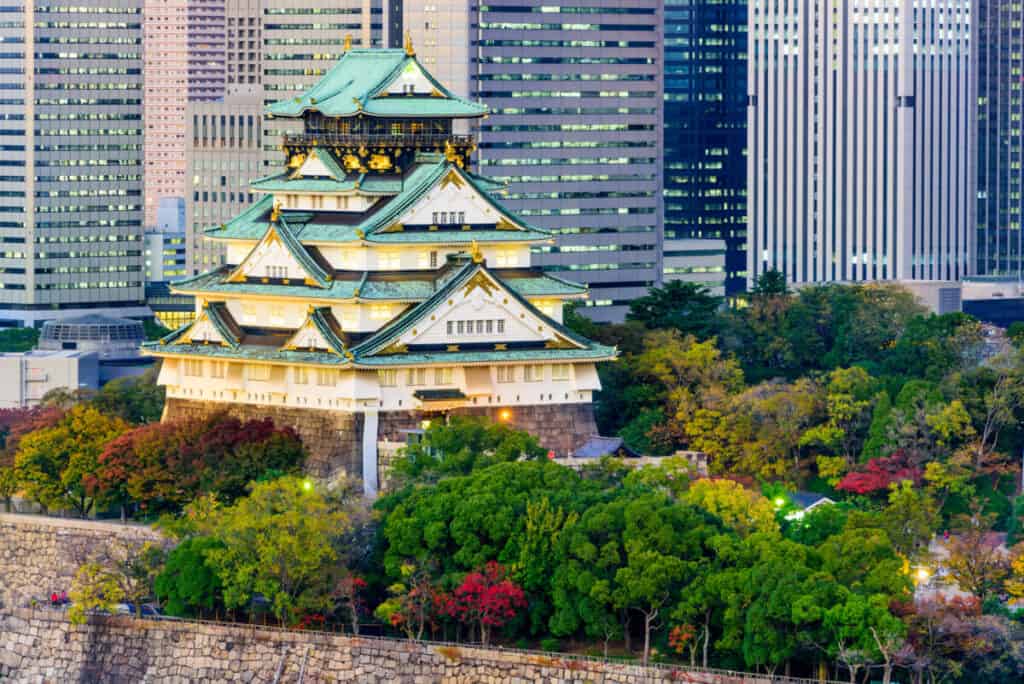
Empress Gensho
Empress Gensho took the throne in Japan between the years of 715 to 724. This is the first and only time a woman took the throne directly after a different woman was in power.
Empress Genmei was her mother. Empress Gensho was placed on the throne because Empress Genmei decided to step down.
At the time, the next male heir, who later became Emperor Shomu, was still too young to take the throne.
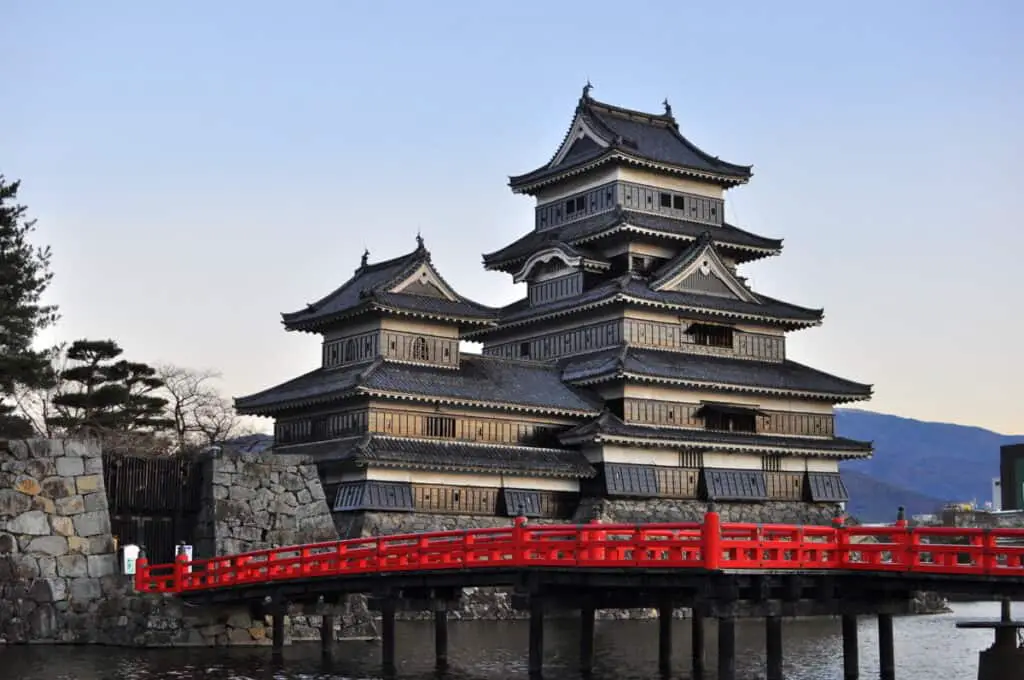
Empress Koken
Empress Koken was the daughter of Emperor Shomu. He had a son, but the son, unfortunately, passed away. Therefore, when the time came to pass the throne down, Empress Koken was the next in line.
She took the throne in 749 but decided to pass the throne to Emperor Junnin in 758.
Emperor Junnin and Empress Koken did not get along, and tensions grew as one of Emperor Junnin’s supporters, Fujiwara Nakamaro decided he wanted to rebel against Empress Koken.
However, Empress Koken was victorious in the battle between the two, and she ended up taking the throne back. From 764 to 770, she sat on the throne as Empress Shotoku.
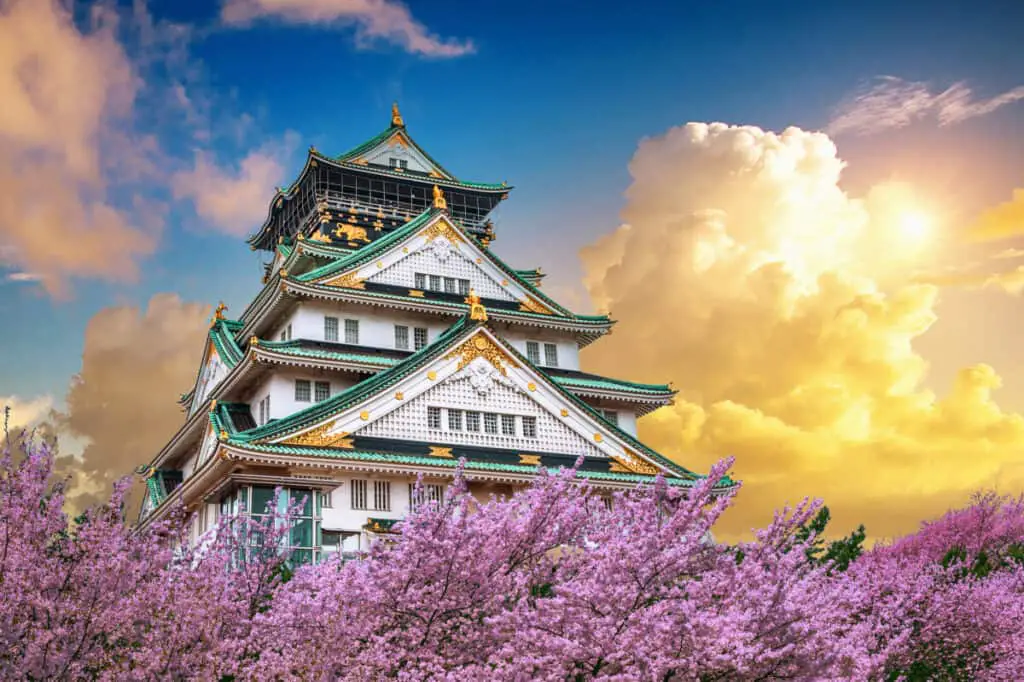
Empress Meisho
Empress Meisho ended up taking the throne after her father, Emperor Go-Mizunoo. He did not have any male children to pass the throne to, so she took over between the years of 1629 to 1643.
When 1643 came, Emperor Go-Mizunoo had a son that was of age to be able to become Emperor. Empress Meisho decided to pass the throne over to her brother, who became known as Emperor Go-Komyo.
Empress Go-Sakuramachi
Empress Go-Sakuramachi was the daughter of Emperor Sauramachi, who did not have a male child that was old enough to sit on the throne once he was finished. Empress Go-Sakuramachi ended up sitting on the throne from 1762 to 1770.
In 1770, her brother was old enough to take over as Emperor, and so she resigned to let him take his place on the throne. She would end up being the last female emperor to ever hold power in Japan.
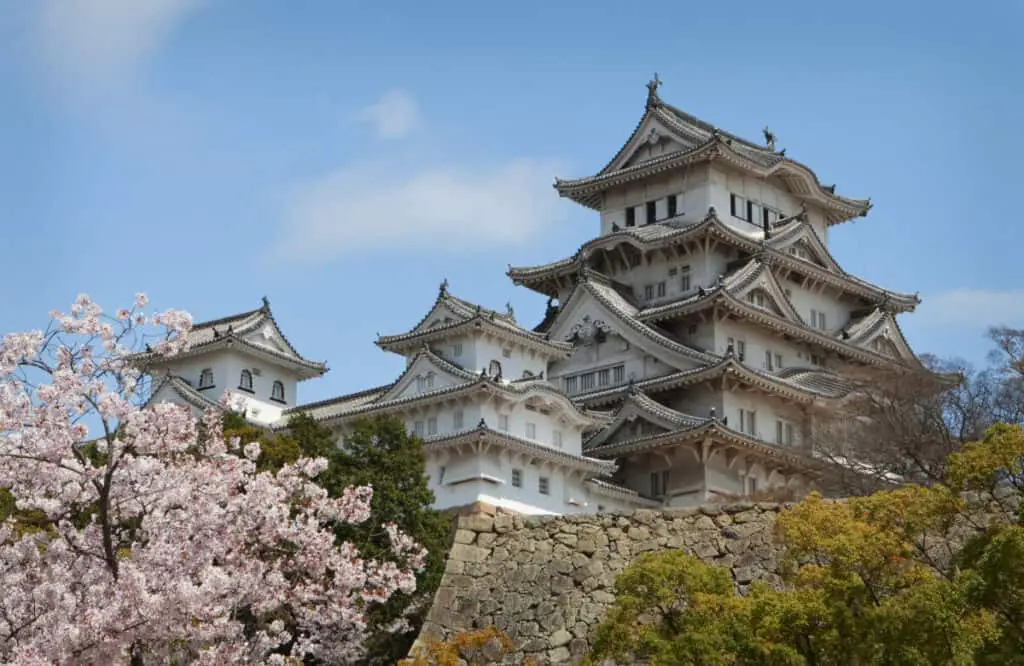
Other Possible Female Emperors
While there aren’t any definitive records confirming such, there is some evidence suggesting that there were two other female emperors who held power in Japan once in ancient Japan.
One of them has been named Empress Jinju, who is believed to have held the throne in Japan between the years of 206 to 239.
There was also Iitoyo, who was known as an Imperial princess. However, there is some record of her being known as Empress Tsunuzashi.
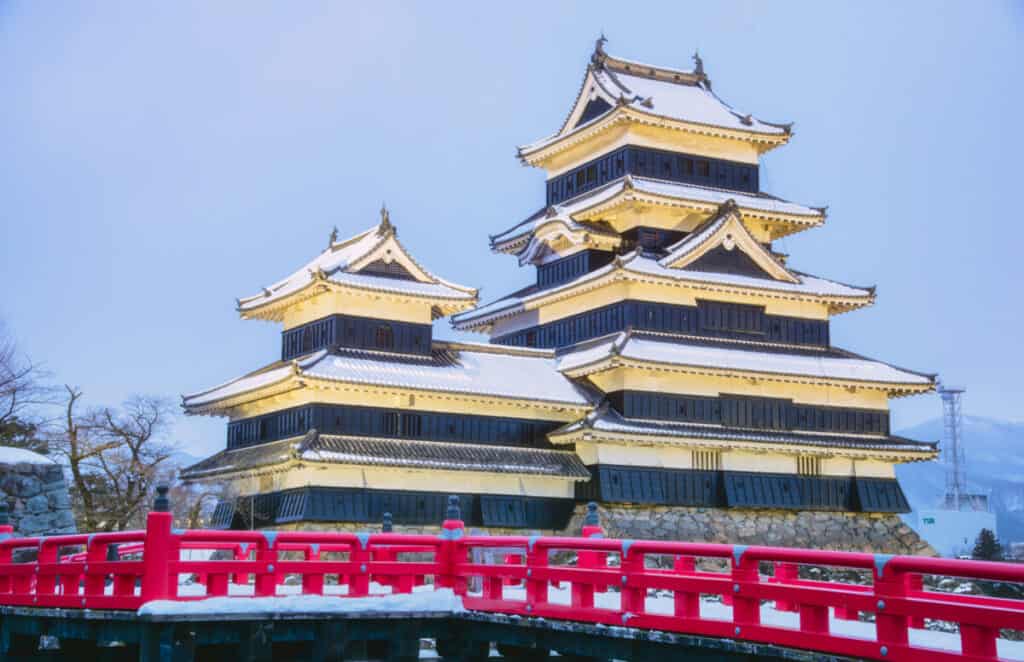
Why Are There No Longer Female Emperors?
Interestingly enough, the commonly held belief in Japanese religions is that all emperors belong to the bloodline of Amaterasu, the sun goddess.
Being that she was a woman, it would seem commonplace to allow women to hold power, considering the royal bloodline started with a woman. This is not the case, however.
The Meiji Constitution, which was enacted in Japan in 1889, brought a lot of change to Japan. One of the numerous changes enacted in this constitution was that women were no longer able to sit on the throne as emperors.
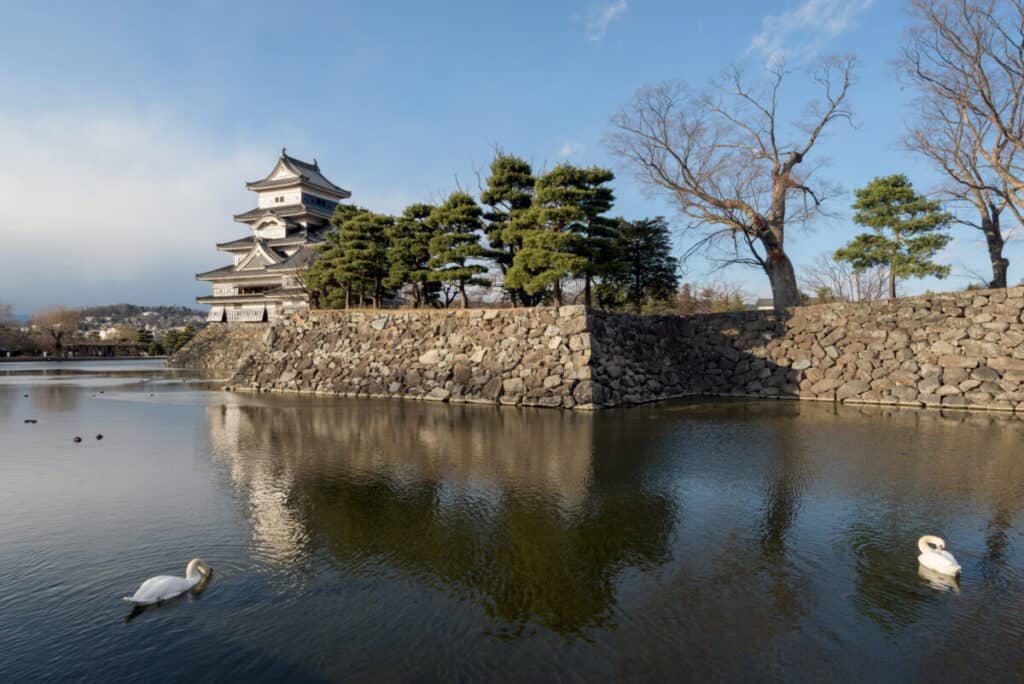
Gender Inequality In Japan
Gender inequality is a reality in Japan and has been for a very long time. Even when women were allowed to be emperors, it was only because there wasn’t a male available to take the throne.
The imperial structure tends to prefer men over women, and it has been that way for centuries.
While women have a lot more autonomy in Japan than they used to, there are still imbalances when it comes to positions of power, as well as in the workplace.
Many women are hoping that this changes, as they would like to see positive female role models hold positions of power in Japan.
The Current Emperor And Empress Of Japan
While there aren’t any known plans to amend the constitution to once again allow females to become emperors, the policy is being called into question because of the current emperor in power.
Right now, Emperor Naruhito is the emperor, and his wife, Empress Masako, would not be able to take the throne should her husband have to step down.
This is despite Empress Masako being an incredibly intelligent, accomplished woman who has proven herself to be politically competent.
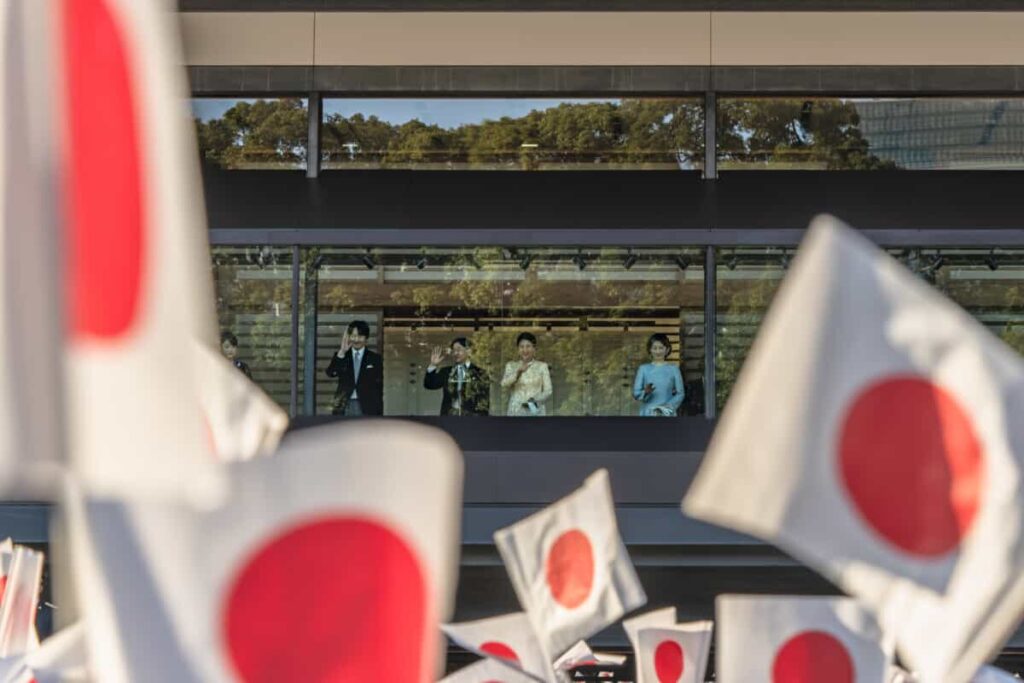
Empress Masako was looking to begin a flourishing career in the political sphere of Japan, but when she became empress, she had to step away from her career and become a housewife and support her husband.
However, she is a fairly modern woman who has broken commonly held traditions in Japan, such as not walking behind her husband.
The Future Of Imperial Power In Japan
Emperor Naruhito and Empress Masako only have one child, who is female. At this point, there is only one male in the family that would be able to take the throne.
However, he is still a child. The other potential male heirs are older, with one being in his 80s, so even if they took over the throne, they wouldn’t be in power long.
This has caused a conversation to brew in Japan about whether or not the rules are going to have to change, being that there are limited male heirs who can hold power.
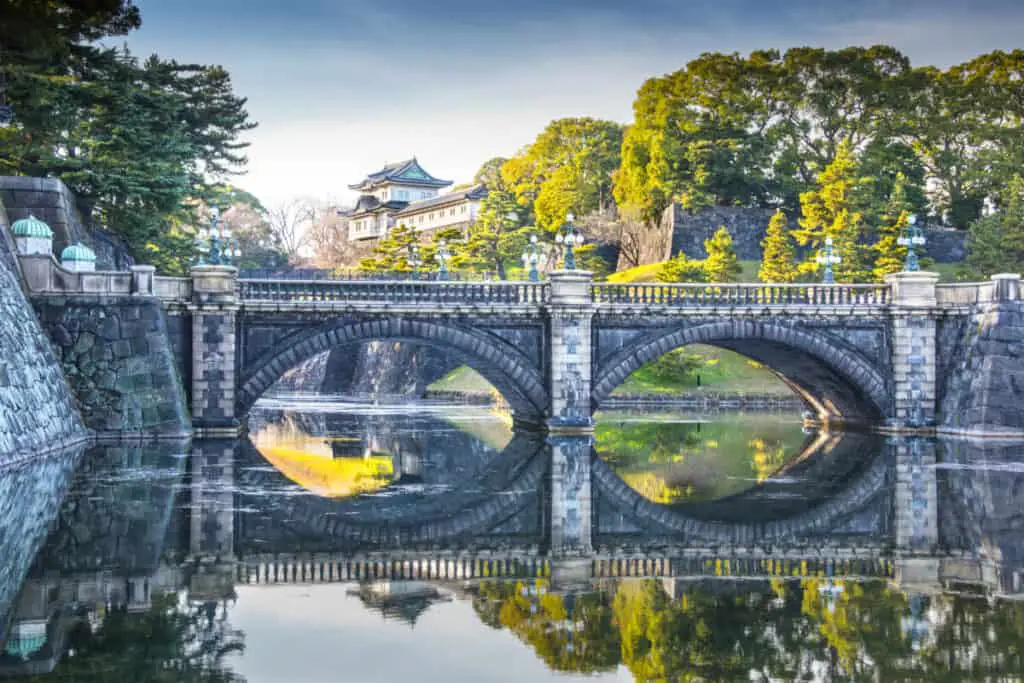
In the case of the unexpected passing of the current Emperor, it’s unclear what will be done.
There have been recent conversations about whether or not Japan should once again allow women to become emperors.
However, Japanese lawmakers could not come to a consensus regarding whether or not the law should be changed. In 2006, the conversation was no longer on the table.










